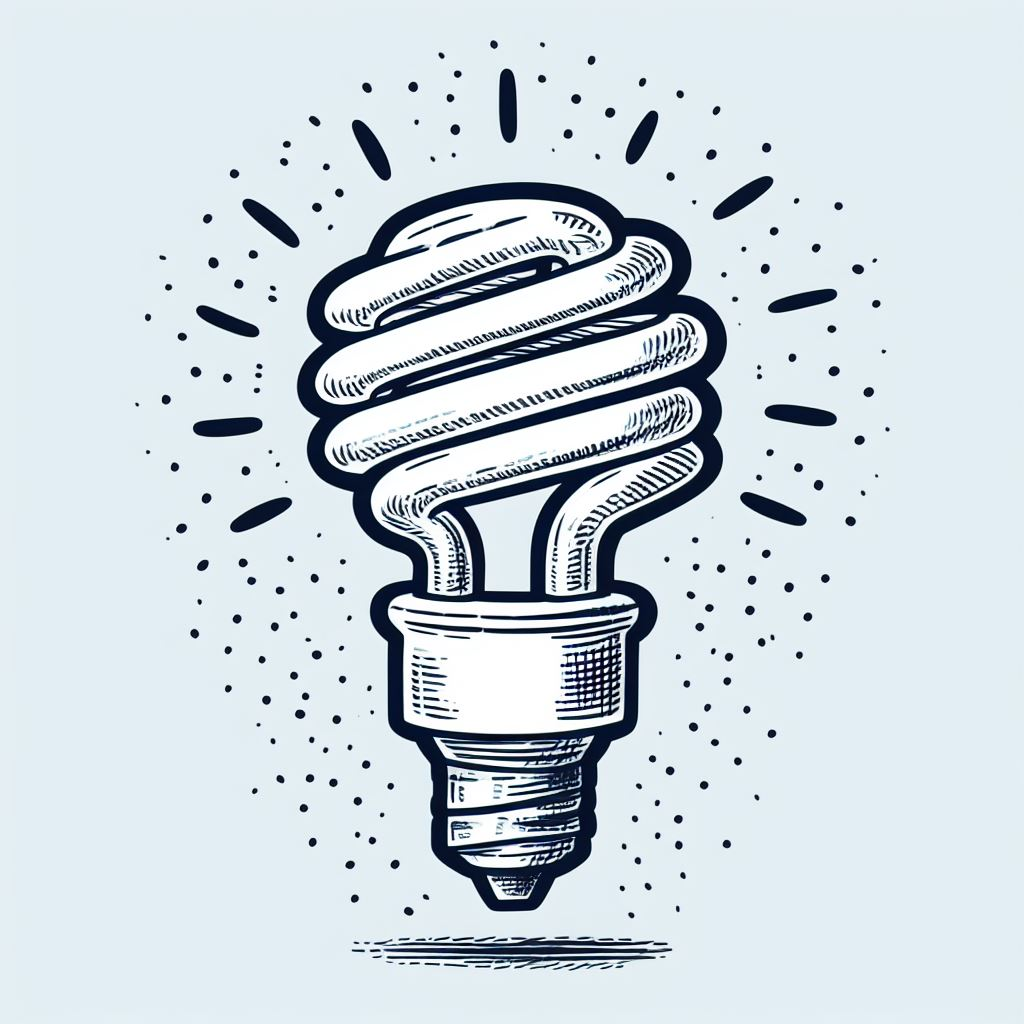Energy efficiency is becoming a hot topic in today’s world. As global warming and climate change pose significant threats to our planet, it’s more important than ever to do what we can to reduce our environmental impact. One simple yet effective way to do this is by using energy-efficient lighting.
What is Energy Efficient Lighting?
Energy efficient lighting involves the use of light fixtures and bulbs that use less energy than traditional incandescent bulbs. These include compact fluorescent lamps (CFLs), light-emitting diodes (LEDs), and halogen incandescent bulbs. These types of lighting not only use less energy, but they also last longer, which can save you money in the long run.
The Science Behind Energy Efficient Lighting
The science behind energy-efficient lighting is fascinating. Traditional incandescent bulbs work by heating a filament inside the bulb; the heat makes the filament white-hot, producing the light that you see. On the other hand, CFLs and LEDs produce light differently.
CFLs contain a mix of gases. When the gas is excited by electricity, it emits ultraviolet light. The ultraviolet light then stimulates a fluorescent coating on the inside of the bulb to produce visible light. LEDs create light by electroluminescence, a phenomenon that occurs when a material emits light in response to an electric current or a strong electric field.
In both cases, these processes are more energy-efficient than the traditional method of heating a filament.
The Benefits of Energy Efficient Lighting
The benefits of energy-efficient lighting are numerous. For one, it’s environmentally friendly. According to the U.S. Department of Energy, if everyone in the U.S. replaced their five most frequently used light fixtures with models that have earned the ENERGY STAR, we would prevent greenhouse gases equivalent to the emissions from nearly 10 million cars.
Secondly, energy-efficient lighting saves money. Although energy-efficient bulbs are generally more expensive than traditional incandescent bulbs, they last longer and use less energy, which can save you money over time. The U.S. Department of Energy estimates that you can save $75 per year by replacing the light bulbs in your most used fixtures with CFLs, LEDs, or halogen incandescents.
Making the Switch
Switching to energy-efficient lighting is a simple and effective way to contribute to a greener planet while saving money. So why not make the switch today? In my opinion, the benefits far outweigh any initial cost. Plus, you’ll be doing your part to help save our planet for future generations.
